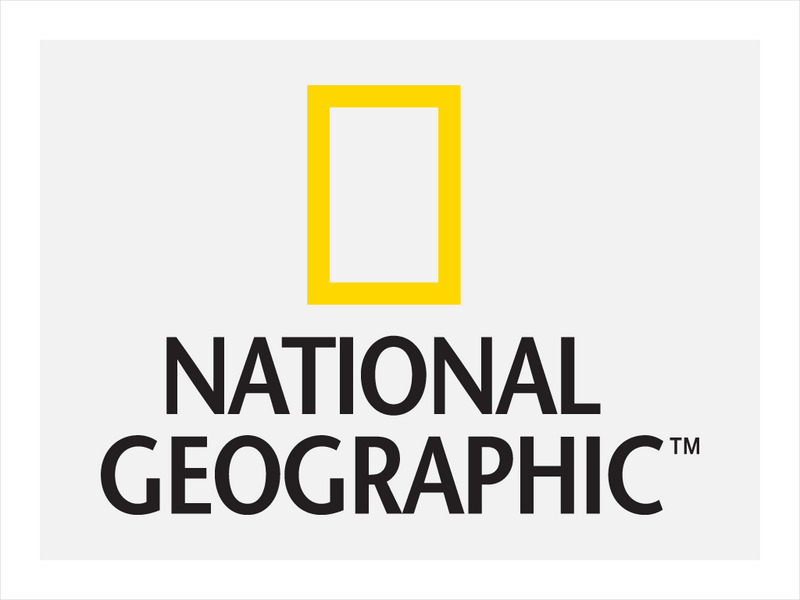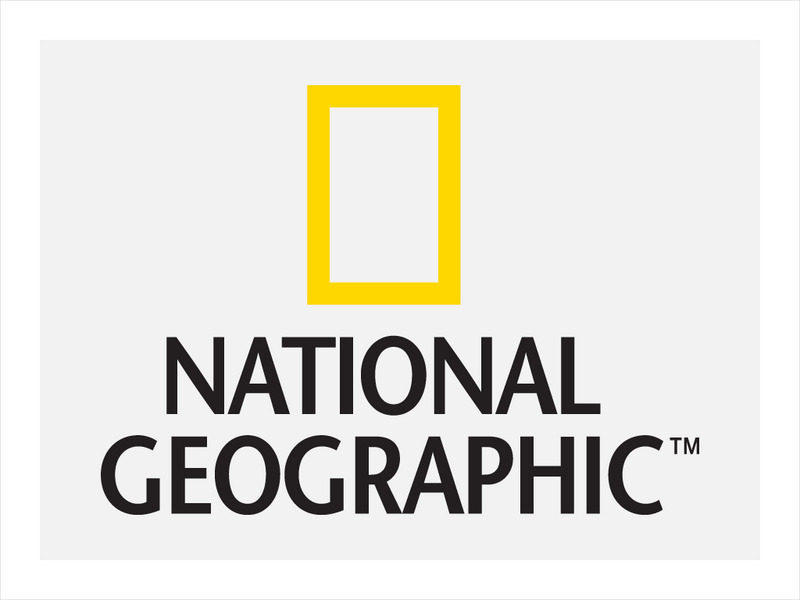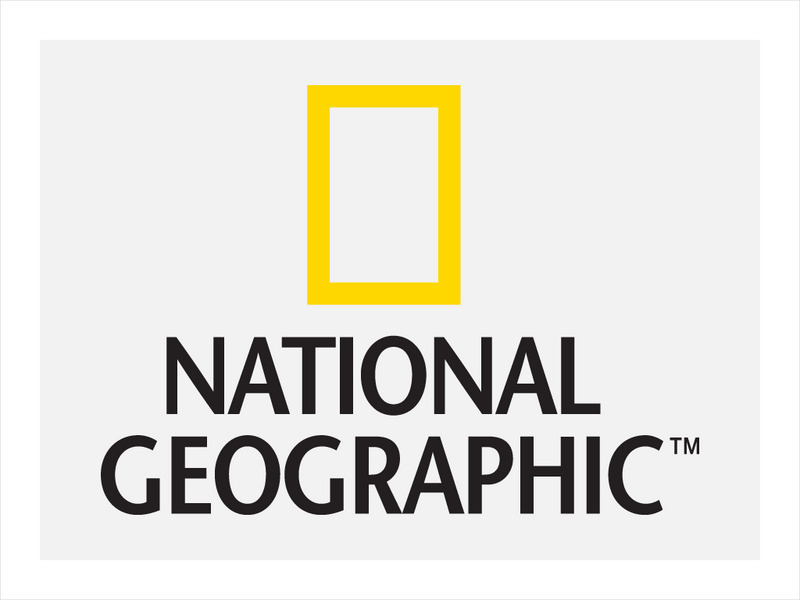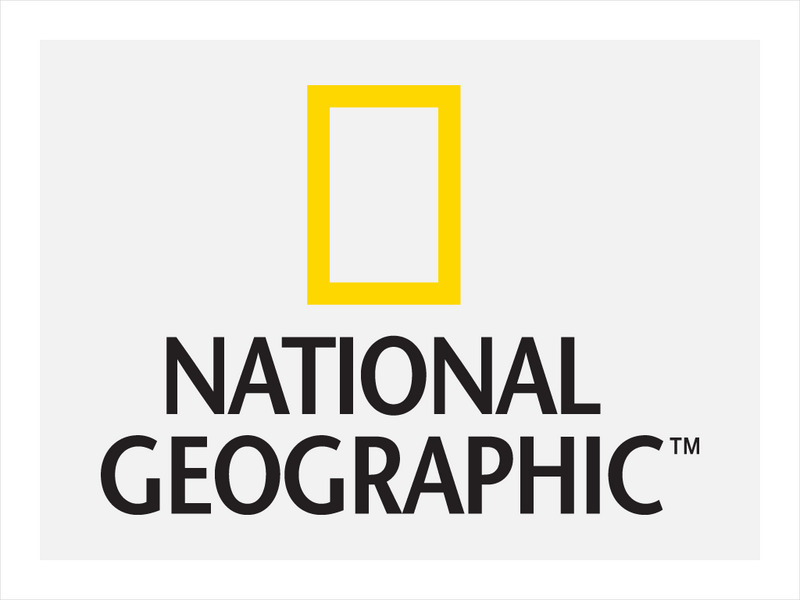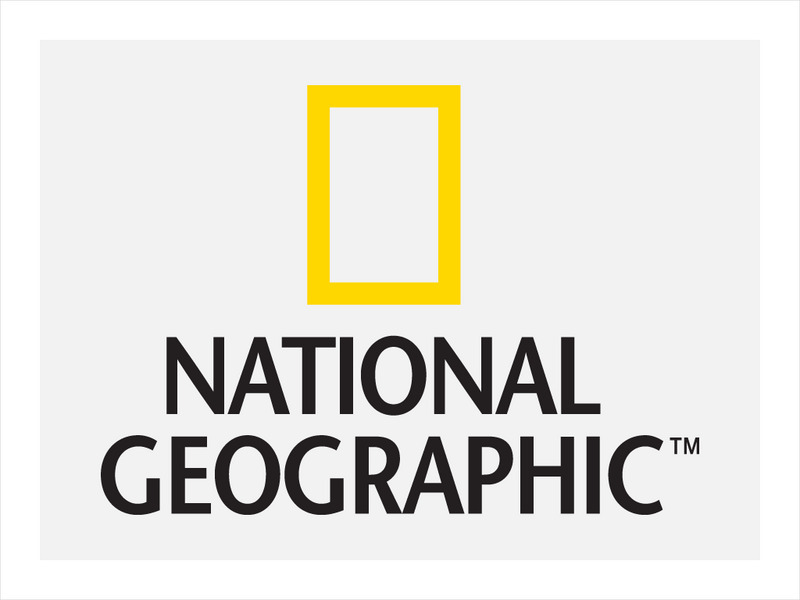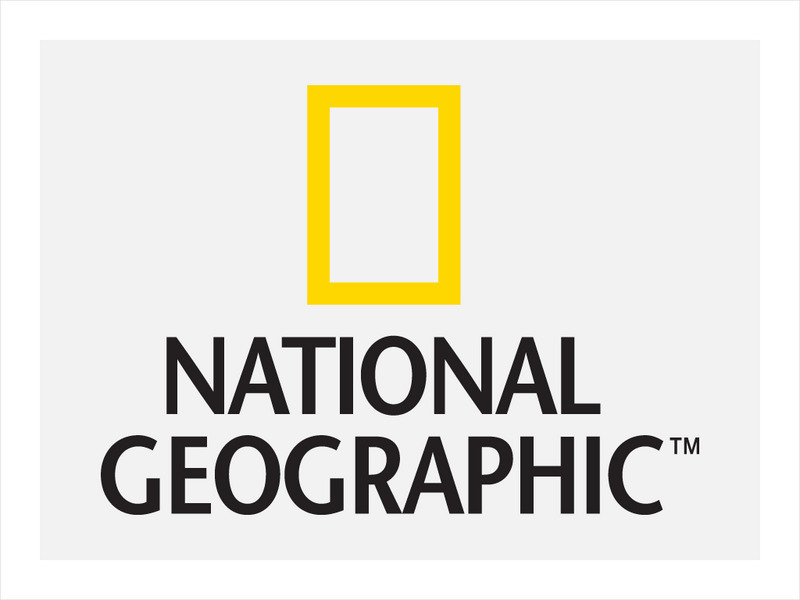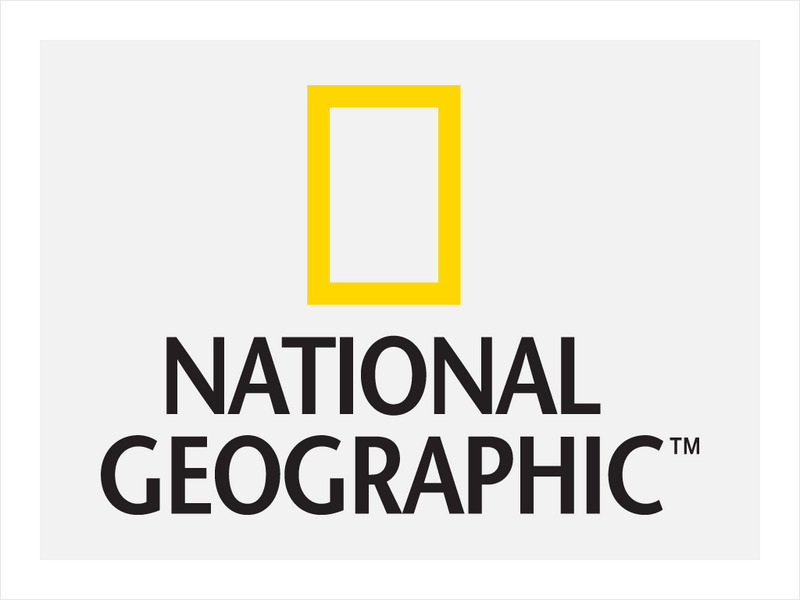National Geographic
National Geographic: Adaptations: Changes Through Time
People, plants, and animals make minor adaptations all of the time. This lesson will idenitfy why adaptations are critical for survival by diving into pterosaurs.
National Geographic
National Geographic: Animal Navigation
A classroom activity helping students understand how migratory animals know where they're headed when it is time to move.
National Geographic
National Geographic: Design Your Own Space Probe
A science activity for tween students using science and engineering skills to design a space probe to explore the solar system with. Complete lesson plan is provided to guide classroom work.
National Geographic
National Geographic: Measuring Weather With Tools
Work with students to identify and understand the tools used to measure weather and how they're used.
National Geographic
National Geographic: The Very Hungry Caterpillar and Its Life Cycle
Engage students with a retelling of Eric Carle's "The Very Hungry Caterpillar" and watch a video from "Great Migrations" to enhance scientific discovery of the life of a butterfly.
National Geographic
National Geographic: How Slaves Found Their Way North
Help young students understand how slaves utilized the Underground Railroad with this lesson plan.
National Geographic
National Geographic: Endangered Animals of the Americas
Students select an endangered or threatened animal to research, locate it on a map, and create a persuasive essay or poster to convince others to help the animals.
National Geographic
National Geographic: Endangered Animals of the Americas
Discover animals that are endangered. Students will work on the power of persuasion to address endangered species throughout the American continents.
National Geographic
National Geographic: Population Density in the United States
Several factors contribute to the population trends across the United States. This lesson will explore maps to discover and understand these trends.
National Geographic
National Geographic: Staple Food Crops of the World
An interactive map identifying where many of the staple foods are grown around the world. In addition, find questions that can be answered based on review of the maps, fast facts about the crops, and terminology.
National Geographic
National Geographic: Coral Reef Food Web
Explore the food web in a coral reef with these illustration. Identify the consumers, producers, and decomposers that are located within this ecosystem. Site includes illustration exploring the different food chains as well as questions...
National Geographic
National Geographic: Coral Reef Fish Survey Simulation
Students will learn surveying methods for an ecosystem through a short video. The video focuses on exploring the number and types of fish and the health of the coral reef ecosystem. Site includes a lesson plan and activity worksheet.
National Geographic
National Geographic: Salem Witch Trials
This interactive "Salem Witchcraft Hysteria" is based on the historical facts of the Salem witch trials. Enter if you dare, can you survive the Salem Witch Trials?
National Geographic
National Geographic: Political Borders
Lesson in which students explore the concept of borders and regions by examining culture and physical location and determine how and where borders should be placed. Lesson contains two activities with maps.
National Geographic
National Geographic: Gathering Ideas About Europe
Lesson in which young scholars locate Europe on the map and describe physical and human characteristics of Europe. Lesson contains three adaptable interactive activities with comprehensive materials.
National Geographic
National Geographic: Physical Geography of Europe
Physical geography activity exploring the importance of physical features in determining borders. Small group and whole class activities.
National Geographic
National Geographic: Conflict on the Danube
Lesson in which students use maps and text to explore physical and cultural boundaries and the disputes over control of them. Includes two activities with comprehensive and adaptable materials.
National Geographic
National Geographic: More Physical Geography and Borders
Lesson on the physical features that create borders and boundaries. Small group and whole class activities, background information, worksheets and assessment.
National Geographic
National Geographic: Languages and Religions of Europe
Lesson activities in which students explore major religions and languages of Europe. Comprehensive adaptable learning materials.
National Geographic
National Geographic: Languages and Religions of the United Kingdom and Ireland
Lesson in which middle schoolers explore how language and religion have affected borders in the United Kingdom and Ireland.
National Geographic
National Geographic: More Human Geography and Borders
Lesson explores the ways in which human and cultural factors such as language and religion affect borders. Whole class and small group adaptable and interactive activities.
National Geographic
National Geographic: European Borders Through History
Lesson in which learners use maps to explore how European political borders have changed over time. Maps after WWI, WWII and European Union provided for comparison.
National Geographic
National Geographic: Looking Back, Looking Forward
Lesson reviews what learners have learned in the unit on European cultural and physical landscape. Students compare maps, questions and ideas from the beginning of the unit and identify new questions for research.
National Geographic
National Geographic: Symbiotic Relationships in Marine Ecosystems
In this lesson students analyze videos to make observations about species, populations, and communities of organisms and discuss their symbiotic relationships. Then they create a hypothetical marine ecosystem and describe the adaptive,...



